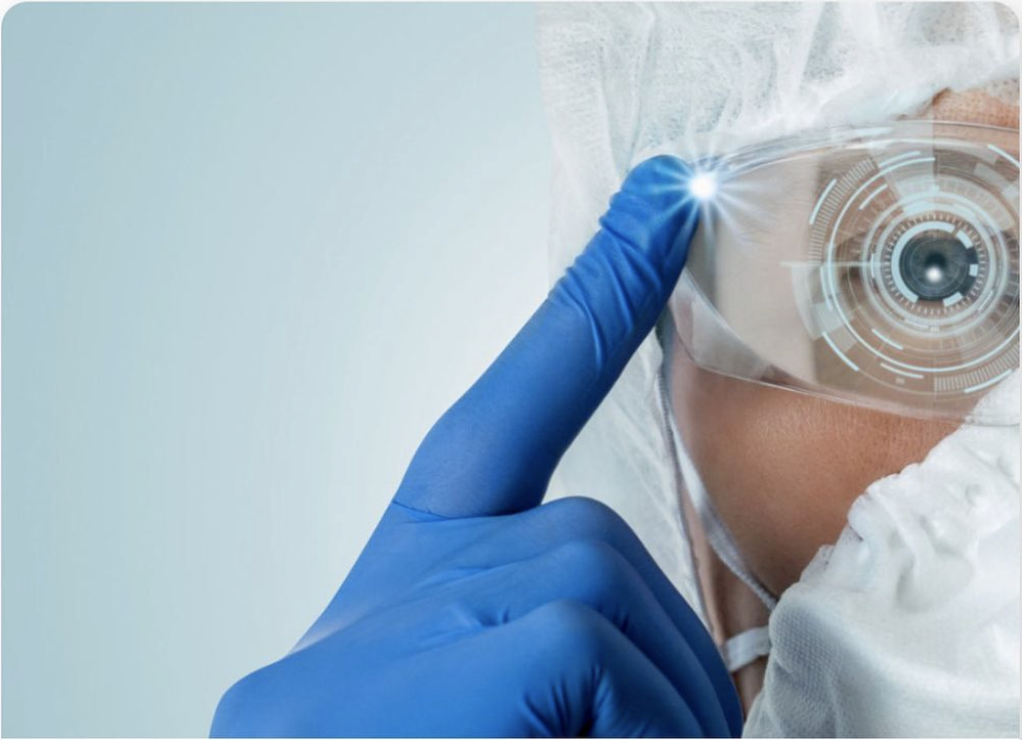
VSI Research on Augmented Reality-Assisted Spine Surgery: An Early Experience Demonstrating Safety and Accuracy with 218 Screws
Introduction:
Accurate pedicle screw placement is crucial to achieving stable posterior fixation and avoiding complications in spinal surgery. There is growing interest in the use of augmented reality (AR) navigation in spine surgery as an alternative to the current approaches: traditional navigation, robotic-guidance, fluoroscopic-guidance, and freehand. Augmented reality systems are capable of projecting patient anatomy directly onto the surgical field, eliminating the need for the surgeon to break line-of-sight with the patient while operating. Prior AR studies in spine surgery have shown potential in decreasing intraoperative radiation exposure to operating room staff. Several versions of AR are described in the literature, including systems that incorporate a head-mounted device (HMD) in the surgical workflow. To date, only one HMD-AR system has received FDA approval, granted in December 2019.
There are limited in vivo studies demonstrating the safety, efficacy, and accuracy of HMD-AR navigation when used in spine surgery. Prior studies have shown that AR-guided navigation systems are simple to integrate into modern operating rooms with limited disruptions in traditional workflow and higher screw placement accuracy than traditional freehand techniques. The purpose of this study is to provide an early experience safety profile and accuracy rating of HMD-AR-guided posterior instrumentation in a cohort of patients undergoing thoracolumbar spinal fusion by 3 fellowship-trained spine surgeons novice to AR technology. We hypothesized that intra- and postoperative complication rates, revision rates, and screw accuracy would be comparable to traditional freehand, fluoroscopic-guided, and robotic-guided techniques without a learning curve.
Aims/Objectives:
In spine surgery, accurate screw guidance is critical to achieving satisfactory fixation. Augmented reality (AR) is a novel technology to assist in screw placement and has shown promising results in early studies. This study aims to provide our early experience evaluating safety and efficacy with an Food and Drug Administration-approved head-mounted (head-mounted device augmented reality (HMD-AR)) device.
Methods:
Consecutive adult patients undergoing AR-assisted thoracolumbar fusion between October 2020 and August 2021 with 2 -week follow-up were included. Preoperative, intraoperative, and postoperative data were collected to include demographics, complications, revision surgeries, and AR performance. Intraoperative 3D imaging was used to assess screw accuracy using the Gertzbein-Robbins (G-R) grading scale.
Results:
Thirty-two patients (40.6% male) were included with a total of 222 screws executed using HMD-AR. Intraoperatively, 4 (1.8%) were deemed misplaced and revised using AR or freehand. The remaining 218 (98.2%) screws were placed accurately. There were no intraoperative adverse events or complications, and AR was not abandoned in any case. Of the 208 AR-placed screws with 3D imaging confirmation, 97.1% were considered clinically accurate (91.8% Grade A, 5.3% Grade B). There were no early postoperative surgical complications or revision surgeries during the 2 -week follow-up.
Conclusion:
This study reports on the safety and accuracy of 218 HMD-AR-guided screws in 32 patients with an overall Gertzbein–Robbins accuracy of 97.1%. There were no surgical complications or revision surgeries during the 2 -week postoperative period, suggesting that AR-guided screw placement is safe and accurate. While the results of our study show that AR is a compelling evolution in navigation for screw placement, further multi-center studies with larger sample sizes have greater potential to identify superiority to traditional techniques.
Research Team:
Christopher R. Good, MD – VSI
Thomas C. Schuler, MD – VSI
Colin Haines, MD – VSI
Ehsan Jazini, MD – VSI
Lindsay Orosz, MS, PA-C – The National Spine Health Foundation
Fenil R. Bhatt, BS – VSI
Rita Roy, MD – The National Spine Health Foundation
Anant Tewari, BS
David Boyd, MD
Topics covered
About the Author
Featured Resources
Insights to Achieve a Pain-Free Life





